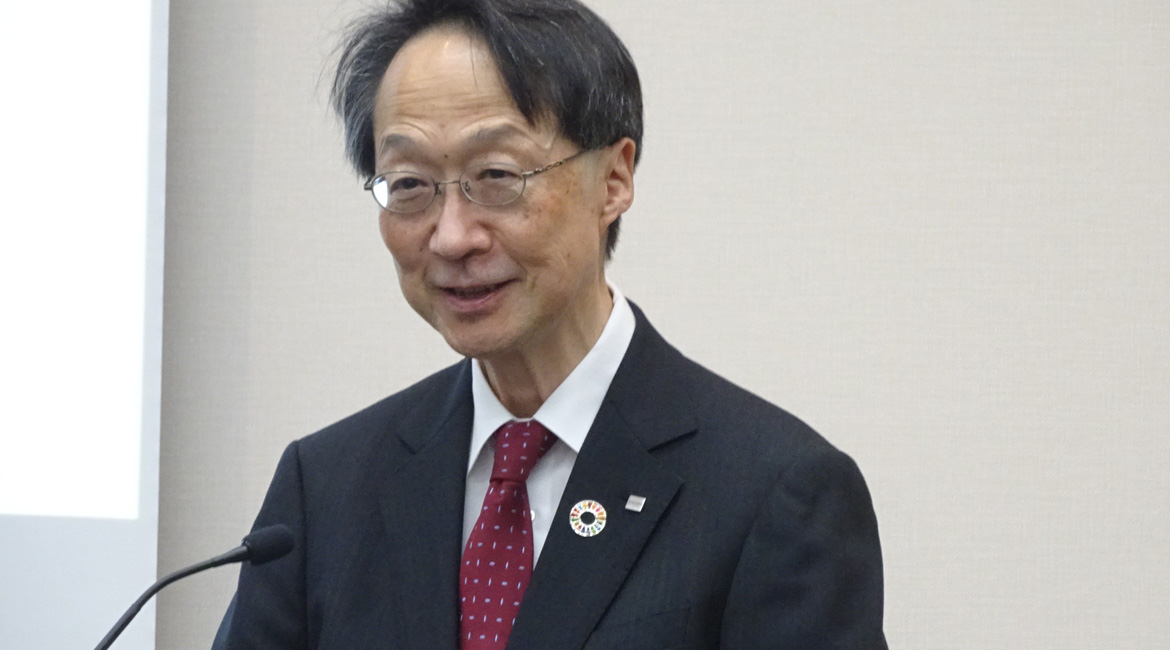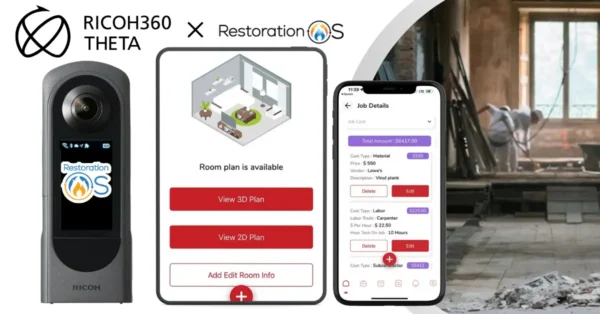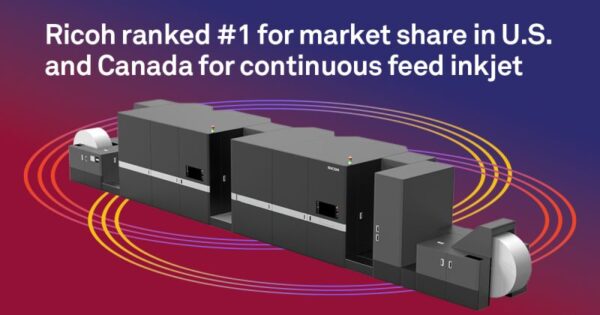Digitalization of business process services for major accounts in North America is a priority.
Above: Ricoh President and CEO Akira Oyama
Ricoh launched its 21st Mid-Term Management Plan on April 1 with the goal of transforming the company into a digital service provider. The company’s new president and Chief Executive Officer Akira Oyama, who assumed office on the same day, inherited this initiative from the previous mid-term management plan and aims to strengthen the organization, including the value-creation capabilities at customer touchpoints to achieve this transformation.
The company aims to increase the ratio of digital service sales to 60% in 2025, up from 40% in fiscal year 2022. To achieve this goal, Ricoh plans to strengthen its global regional strategy, evolve group management, build pillars of revenue in the field and society, expand its stock revenue sources beyond the office domain, shift talent to growth areas, and maximize its employees’ expertise on a global scale. As part of its regional strategy, the company will accelerate digitalization in the BPS (business process service) area for three key industries (finance, health care, and retail) in North America, where the company has a strong presence for major and mega-enterprise accounts.
Segment-Based Revenue and Operating Targets
Ricoh’s target for 2025 is total sales of 2.35 trillion yen (an annual increase of 3.8%) and an operating profit of 130 billion yen (an increase of 450 billion yen from fiscal year 2022), with Ricoh Digital Services accounting for most of the growth. Ricoh Digital Services aims to achieve sales of 1.75 trillion yen (an annual increase of 3.0%) and an operating profit of 60 billion yen (an increase of 33 billion yen) by fiscal year 2025. The company expects the ratio of digital service sales to exceed 60% in fiscal year 2025, up from 40% (33% from office and 7% from field) in fiscal year 2022.
Strengthening Its Regional Strategy
In the 21st Mid-Term Management Plan, Ricoh aims to transform into a digital service company focusing on regional strategy by creating value with customers in each region. To achieve this goal, Ricoh will restructure its internal structure from a traditional product manufacturer that produces and supplies products globally from its headquarters to a digital service provider that develops and offers locally sourced solutions tailored to customer needs in each region.
In Europe, Ricoh has 180,000 customers, mainly medium-sized and large companies, covering over 60 countries. The company’s strengths are acquiring ICT (Information and Communications Technology)/AV capabilities through acquisition strategies and a strong presence in Europe. Ricoh also has 3,200 direct sales representatives and 4,800 field engineers, with multiskilling in office products and services currently in progress. The company has achieved positive results by offering digital services provided by acquisition companies as add-ons to its long-standing printing customers.
Ricoh has many major and mega-enterprise accounts in North America, and a large portion of its sales come from outsourcing to these customers. According to Oyama, Ricoh has expertise in three industries: finance, health care, and retail. The company also has a customer base of approximately 1,800 on-site managed service locations in North America. To stay ahead of the competition, Ricoh is promoting the digitization of BPS and developing solutions for digitizing outsourcing in collaboration with its customers. To strengthen these capabilities, Ricoh has established digital service centers in North America. Additionally, the company is expanding managed AV services with Cenero, an AV services company, which Ricoh acquired in North America. By doing so, the company aims to sell a new operating system business to its major and mega-enterprise customers.
As an example of a user case study in North America, Ricoh cites BayCare Health, a major customer in the health care industry. Previously, BayCare Health, which has 28,000 employees, had to process most insurance-related tasks manually, which was time-consuming and led to missed opportunities for review and refunds by insurance companies. To solve this problem, Ricoh supported the digitization of the patient information management system and has completely automated insurance-related tasks that were previously performed manually. With the digitization of insurance-related tasks, integration with other systems has become easier, and the next step is to automate cash request processing using patient information.
Evolution of Group Management
Oyama also announced that Ricoh’s global headquarters will develop the RSI (RICOH Smart Integration) system to support regional strategies that create value with customers in each region and generate synergy. The RSI platform will be supported by infrastructure edge devices that include MFPs, as well as other devices such as scanners, projectors, and whiteboards from PFU, a company acquired in Japan in 2020. Moreover, applications and tools will be provided globally through acquisitions and collaborations, including DocuWare, SLNX, AXON IVY, RICOH kintone plus, RICOH Spaces, and Service Advantage.
In the 21st Mid-Term Management Plan, Ricoh aims to increase revenue by leveraging its proprietary software and acquiring new assets through acquisitions and collaborations in peripheral areas that support workflow digitization in order to strengthen these areas.





